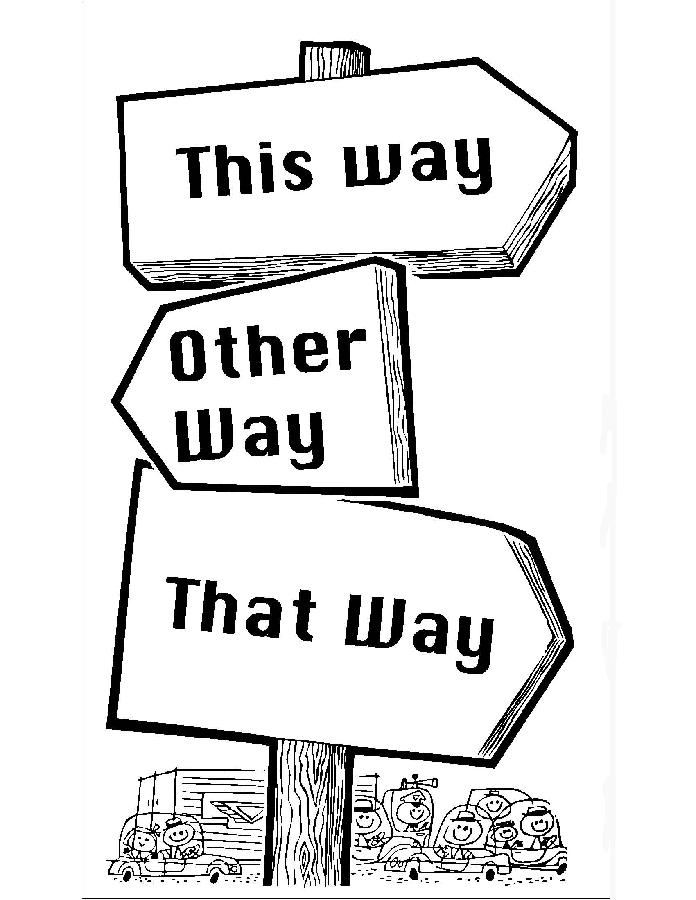
Not Your Daughter’s Resolutions
What is it about this time of year that brings about a rush of resolution?
Or maybe that’s just me. By December 28th the idea of “less is more” always seems like a good idea. I’m ready to slow down and turn inward. To let go of the excess. To remember what it’s like to savor rather than shovel.
But I’ve been to this New Year’s rodeo enough times to know that if I set a resolution because I feel terrible one day it’s doomed to lead nowhere.
We’ve just about reached the point where the initial flush of enthusiasm for our new goals is waning and the challenge of change is getting real. And make no mistake – change is hard. Or, to be real, life-changing, sustainable change is hard.
What is the why behind the how?
If you’re thinking about making changes to your health it’s important to understand what you’re after. Is it to feel better in your body? Do you want to enjoy your days with a peaceful mind? Is it to influence some numbers from your last set of blood tests? Has pain become a bigger part of your daily experience?
A mindful approach to change starts with where you are right now. It can be uncomfortable, dare I say painful, to take a clear-eyed look at this. But if life has handed you some big things to deal with in 2013 – and it did for many people – you had to shift your attention from your good habits for a while. So cut yourself some slack (or practice self-compassion, as it’s called in the mindfulness biz.)
Create sustainable change that makes you feel like a superstar
It’s important to create a plan based on the body you have today. What can you take on given your level of energy, strength and stamina?
Speaking of plans – don’t plan for your feelings to be your GPS. You’re going to feel uncomfortable and incompetent as often as you feel strong and amazing. Be with each of the feelings and honor what it has to tell you. But don’t let any single feeling become the spokesperson. If you get the winter blues then your feelings may guide you to hibernation. Listen to your instincts to rest, but incorporate weekly progress into a sustainable plan.
Be grateful for the good habits you already have. Let me say that again – be grateful for the good habits you already have.
Add a balance of four elements to your healthy plan – exercise, sleep, diet, and mindfulness. Exercise is so helpful to stimulate the body’s rebuilding machinery. It also does wonders for your mood (like clinically significant, side-effect free wonders). Good, regular sleep is when you rebuild. The building blocks come from a diet filled with fresh, whole foods. Shifting away from processed foods reduces a lot of busywork for your digestive system. And finally, mindfulness does so much to restore your brain and nervous system, letting the whole system work smarter.
Don’t take things to the extreme. This goes back to working with your body where it is today. Our bodies are designed to find balance. When we make extreme changes we can get ourselves into a “un-balance” as unwanted as the other one. Like this — a lot of raw juicing with spinach and cabbage can slow down your thyroid and your metabolism. Jumping into the kind of workout you did five years ago (when we were in shape – remember when we were in shape??) can cause no end of trouble to your joints and connective tissue.
The key to sustainable success is a small, daily step that you turn into a habit. I’ve been playing with an online tracking program called Lift.do. It helps you track your daily habits with a few cool features and some great simple programs to join. I’ll get more into the science of Lift next time.
Posted by Deirdre Walsh, Image: iStockphoto
If you enjoyed this post, please share it with your friends!
